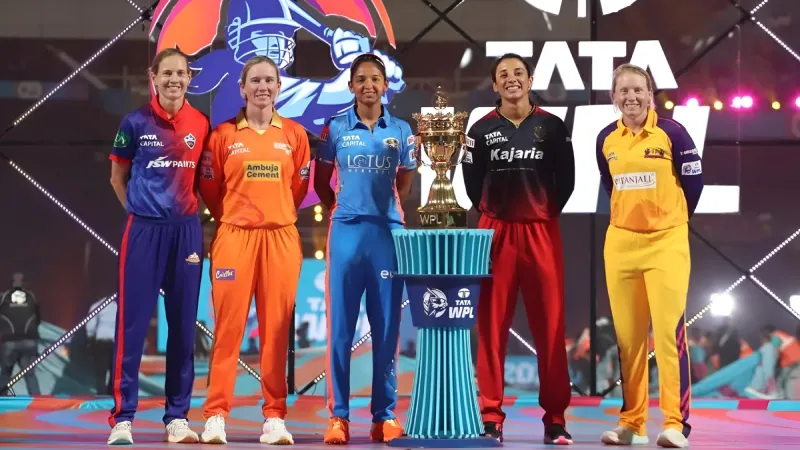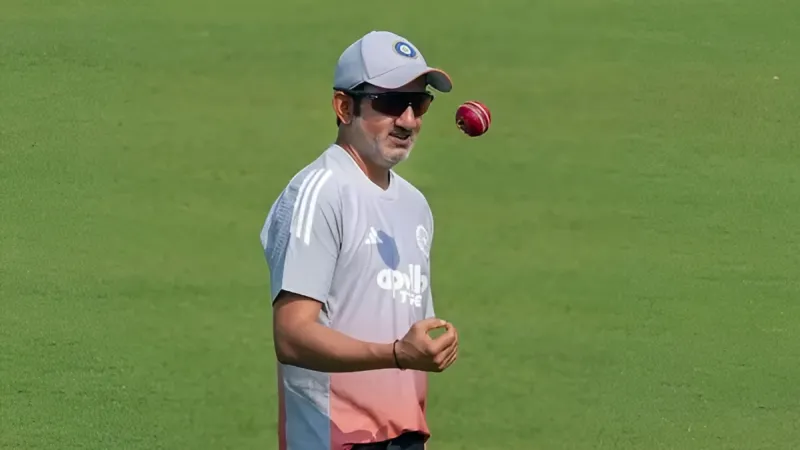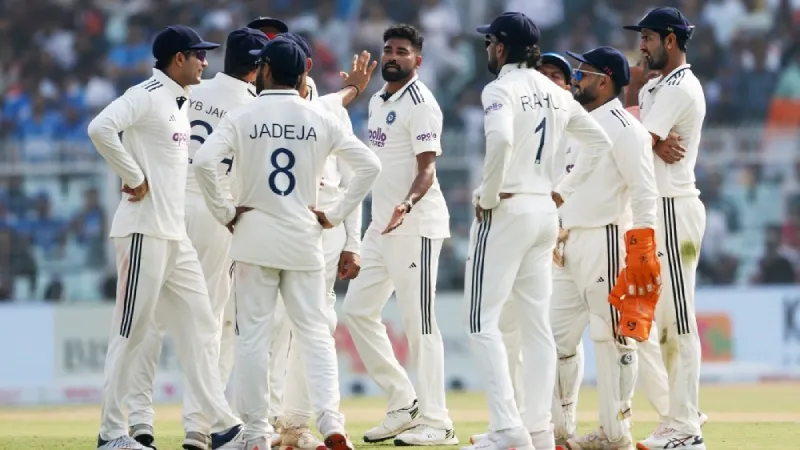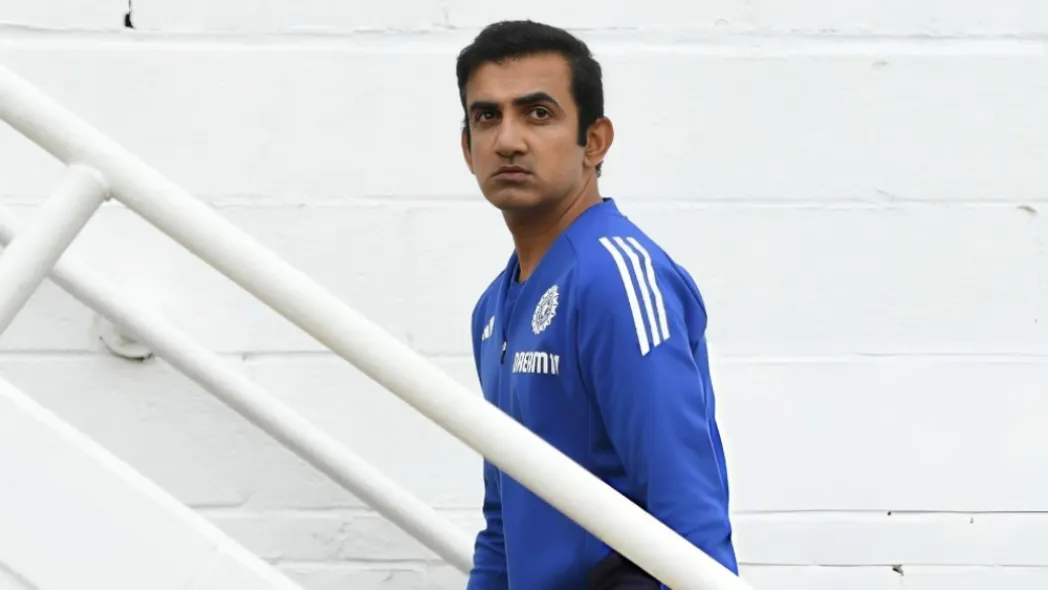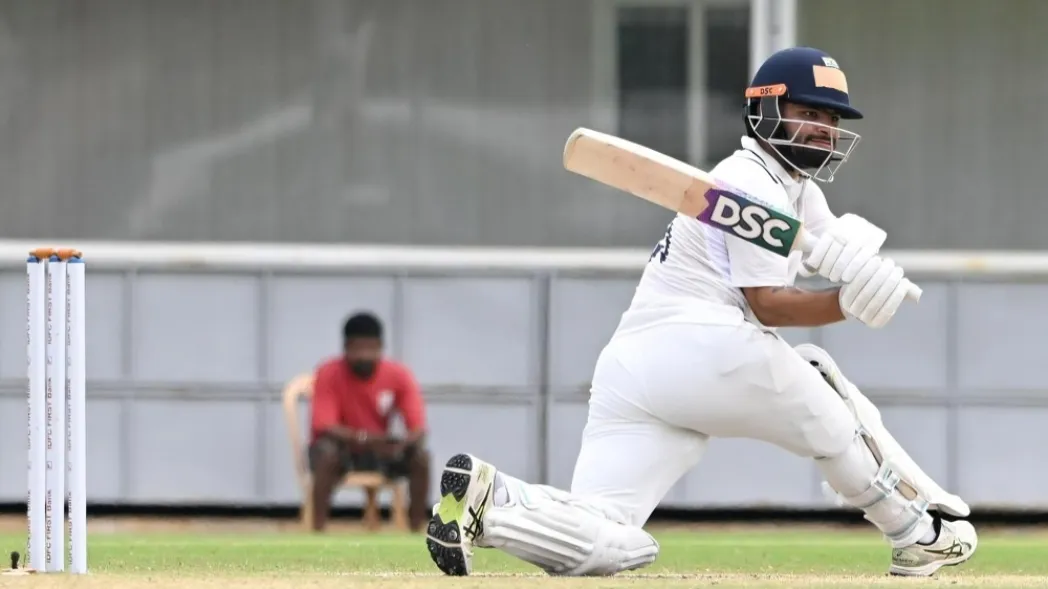Ask a cricket romantic about Test cricket in India, and he’ll tell you the same thing: spin bowlers are ruling the roost; touring teams are running in circles while trying to survive the hours of each day’s play; and away batsmen look like they’re frozen into statues “as cool as an ice cube on a tava.” The general impression of India playing at home has always been that it should be a fortress, not a courteous host to allow visiting teams to create their own individual landmarks.
In the subcontinent, a 500+ total is not just a show-off on the scoreboard; it is a tactical tool for a visiting team to bat for that amount of time against India; it generally means that you will avoid losing, and you may well be able to chase down the runs that were required to win. The only times that this has happened, whether it was Darren Bravo in his performance at Mumbai in 2011 or Muthusamy with a century in Guwahati in 2025, there has been one commonality: India has briefly taken their foot off the pedal.
The Darren Bravo Blueprint — Patience to Break a Giant
In 2011 West Indies’ 590 runs weren’t simply a large total – they were a tactical slight against India’s aura at home. The six half-centuries from Darren Bravo (166) and the six half-century makers also illustrated that the best way to defeat India is simple: never back down first. West Indies made India bowl for over 140 overs, thus causing the control of tempo to shift. Although the test finished as a tie, the actual story was that India had to be on the back foot for all five days in its own house.
Joe Root’s Long-Form Masterclass in Chennai
Joe Root’s double century helped to prevent Indian bowling from having the opportunity to play aggressively (and instead be forced into defensive roles) so that once the Indians lost the tempo of the game, the rest of the match was essentially over when they conceded a large first innings advantage which led to their batting collapsing due to scoreboard pressure and ultimately resulted in an England victory of 227 runs.
Amla and Steyn: The Perfect Storm India Had No Answer To
The South African score of 558–6 in Nagpur in 2010 was a psychological and technical ambush to the Indian team. The unbeaten 253 made by Amla (batting for 11 hours!) put the Indian spinners out of action. With 10 wickets in the match, Steyn also made sure that India could never make a comeback from its desperate fight back. In spite of centuries made by both Sehwag and Tendulkar, India was ultimately defeated by an innings and six runs; this is because if one side gains control over the first innings when playing at home, then even the greatest individual performances will be unable to rectify the structural imbalance created.
England 2016: Volume, Not Violence
The 537 England made in Rajkot wasn’t a product of pyrotechnics; it was an accumulation of steady building blocks. Each of Root, Moeen Ali, and Stokes hit hundreds, but far more importantly, each of them was also able to eliminate the threat of spin – late swing, soft catches, and no panic. After a total of 1,025 runs for both sides, India had scored 488, and the game had been drawn. The writing was on the wall; if visitors can keep the majority of their batsmen intact, India will lose the biggest advantage they have at home pressure..
The 2025 South Africa Shock — Lower Order Turns the Knife
India’s latest scar is in Guwahati. On day one of a must-win test, India took six wickets and thought they had momentum on their side. However, South Africa’s bottom order (Kyle Verreynne, Marco Jansen & Senuran Muthusamy) turned the tables on them. Muthusamy scored a hundred, and Jansen scored 93. The hundreds and 93 were not just runs – they were mentally draining runs. South Africa batted for almost two days and produced 489, which looked like double the actual amount. India was outlasted, not outplayed with technical skill.
Key Takeaway
India loses control at home, not when batters dominate, but when batters outlast them.
FAQs
Why is a 500-plus total so dangerous against India?
Because it takes away scoreboard pressure — India’s strongest home weapon.
How can visiting sides replicate these big totals?
Patience, tight shot selection, and building long partnerships across sessions.
What does India need to avoid repeat scenarios?
Early strike breakthroughs and preventing long occupation phases, not just runs.
Disclaimer: This blog post reflects the author’s personal insights and analysis. Readers are encouraged to consider the perspectives shared and draw their own conclusions.
Step into the world of cricket with JeetBuzz News—where expert opinions, trending Blogs, and behind-the-scenes insights meet all your favorite topics. Stay informed, stay entertained, and never miss the stories shaping the cricketing world—only on JeetBuzz News!














